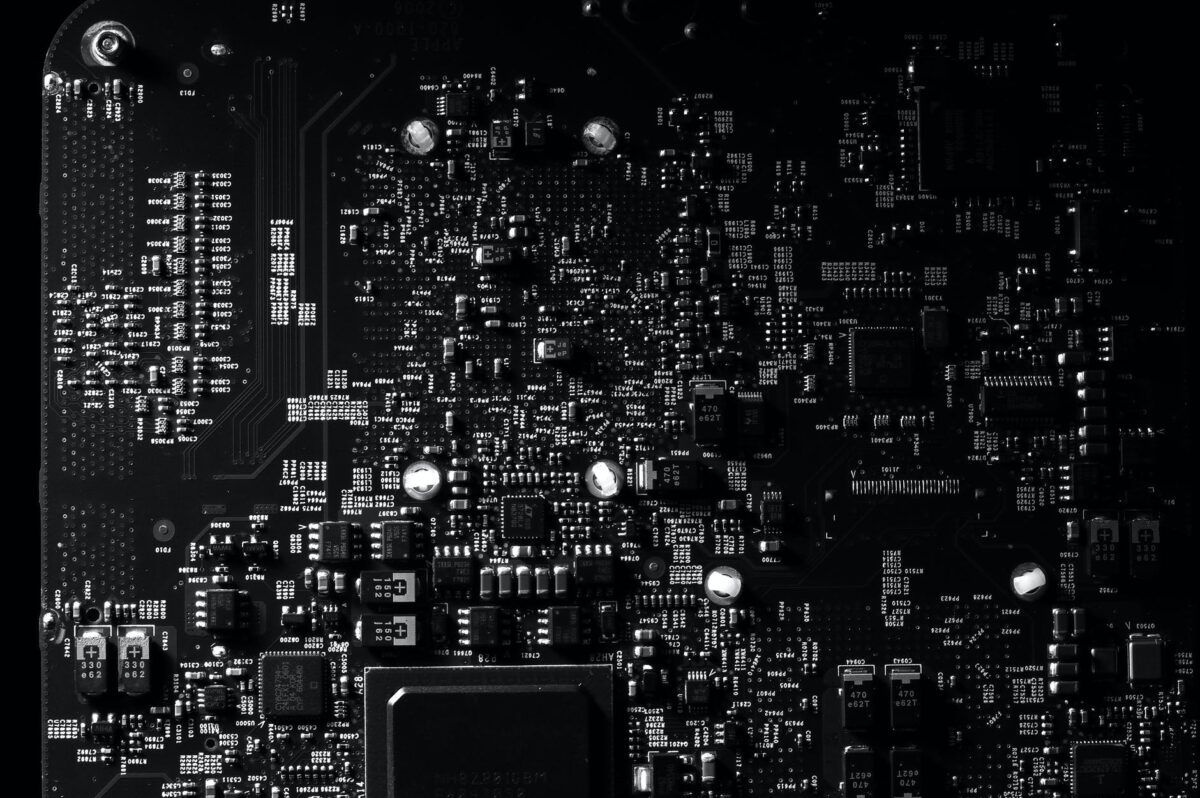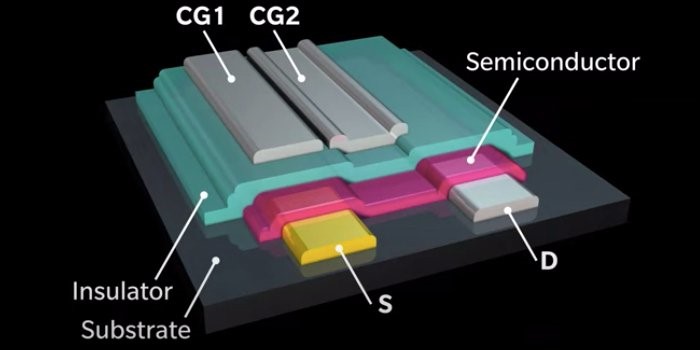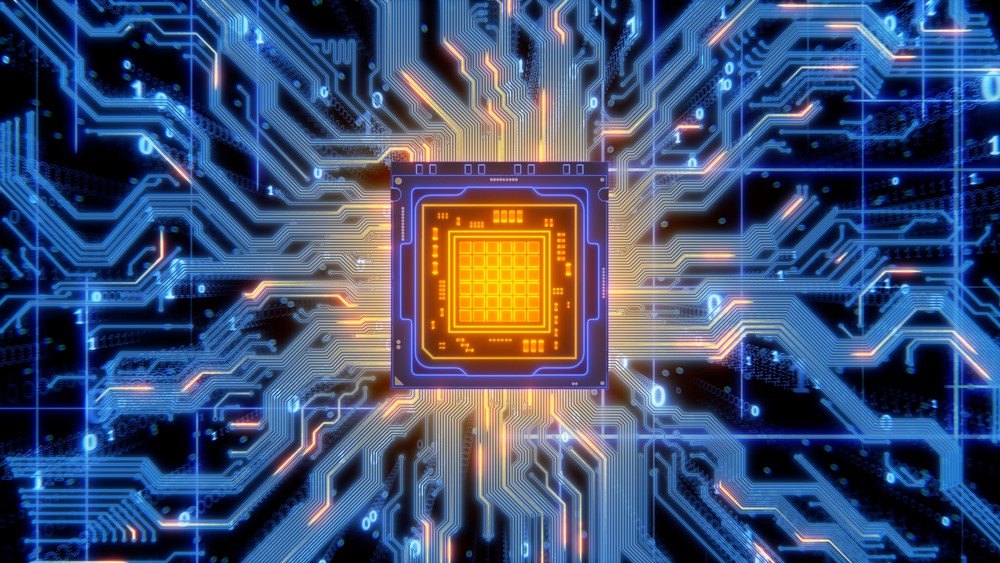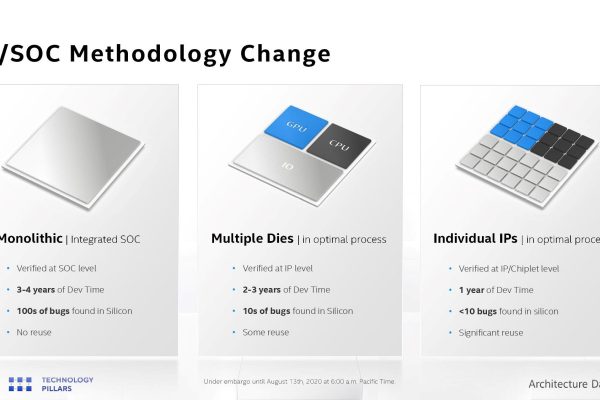How to deal with electronic component obsolescence
With technologies advancing at such a rapid rate, the rate of electronic component obsolescence is as high as it has ever been. OEMs have their work cut out to keep up with an industry where demand for electronic components is under increasing pressure as a result of innovation across the entire electronics industry.
Understanding the risks of obsolescence
Component obsolescence is bound to happen in time because all components have a diminishing lifespan. All components become obsolete eventually.
However, the rate of component obsolescence is increasing over time. This means the challenges facing you are growing.
Dealing with electronic component obsolescence
Now that you know obsolescence is nailed-on given a large enough timeframe, how can you deal with the challenge when you face it? Here’s some tips:
- Understand why obsolescence happens
The three main reasons for electronic component obsolescence include short product life cycles, innovation and increased demand.
A combination of these creates the perfect storm. A great example of this storm is with semiconductors, which are advancing at a rapid rate.
Which reasons for obsolescence will affect you the most? By understanding this, you can prepare properly for the future.
- If you are designing a product, look into longevity
The best defence against obsolescence is designing products that use components that are not expected to become obsolete during your product’s lifecycle.
You can assure longevity in a few ways:
- Review the ‘Production Status’ of the component
- Ask your supplier about component longevity
- Look at the datasheet creation date – if it’s several years old, this could be an indication that the part may be due an upgrade sometime soon
Even when a component is due to become obsolete, it could be several years before this happens. This insight will be invaluable to your business.
- Get to the bottom of the type of obsolescence
If you get a notification that a component you use is becoming obsolete, take a step back and look into the reason why this is the case.
You can do this by looking at the PCN (Product Change Notification) which will provide the technical information you need.
If the component is a passive component, then there’s a good chance you will be able to source an equivalent component. If the component is an active component, you may have to upgrade to a newer component.
- How to deal with obsolescence when it happens
You have three options when dealing with obsolete components:
- Equivalence – this is when you look for an equivalent component. You can cross reference many components, such as semiconductors, to find exact equivalents. You should review the datasheets to ensure cross compatibility.
- Design – this is when you work with an OEM to manufacture a component on your behalf. It carries high cost but reduced risk because the component is unique to you. NANDs and micro-controllers are common examples.
- Use old stock – somewhere in the world, there’s probably the component you need in storage. This is available if you can find it. An electronic component distributor is your best friend in this scenario to get the components you need.
If you are struggling to source your obsolete or hard to find electronic components Lantek is here to help.
Contact us today.
Call: 1-973-579-8100
Email: Sales@Lantekcorp.com
Website: lantekcorp.com











